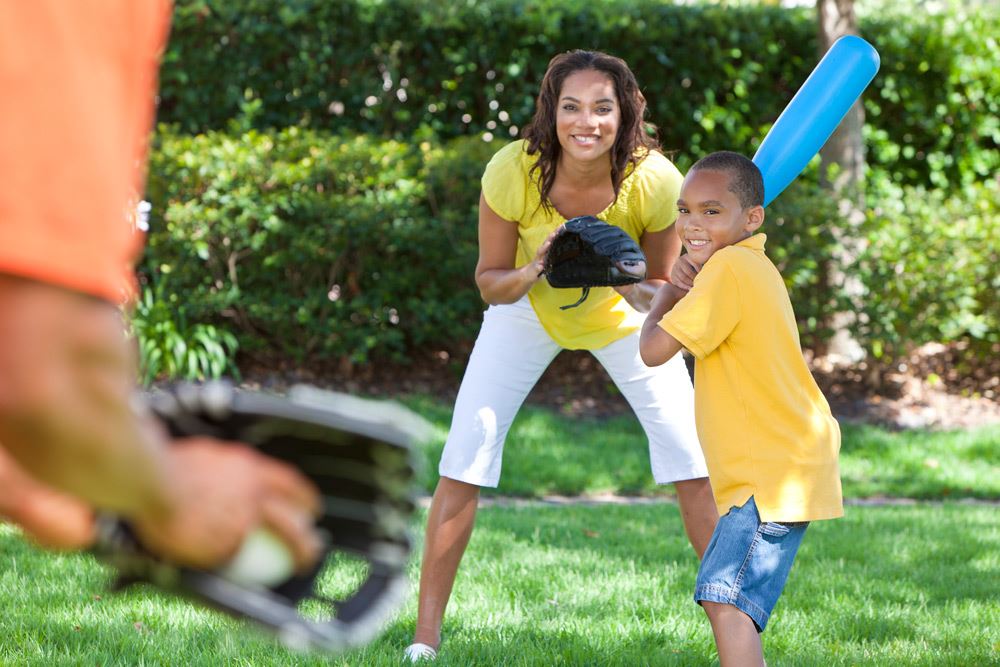Know Sun Safety
Cover Up, Wear a Hat and Glasses, Apply SPF15 or More.
Take a moment and pat yourself on the back. You survived another Minnesota winter and our long-lost friend, Mr. Sunshine, is back! Now before you celebrate with hours of sun exposure, remember these sun safety tips.
Protect Yourself
- Avoid peak sun times (10 a.m. to 3 p.m.). Choose shaded areas during this time.
- Wear a hat that covers your head, neck, ears and eyes and lightweight, loose-fitting clothing to cover your arms and legs.
- Choose materials made of sun protective fabric. These items have a special label that explains the level of protection they provide from ultraviolet rays.
- Wear sunglasses with UV ray protection, to prevent eye damage.
- Certain medications can increase the sensitivity of your skin and eyes to UV rays. Check the label on your medication and contact your provider if you have questions about the risks.
Sunscreen
- Apply sunscreen every day, even in cloudy weather.
- Choose a broad-spectrum sunscreen (blocks both UVA and UVB rays) with a sun protection factor (SPF) of 15 or higher.
- The higher the SPF number, the longer you are protected against skin damage and sunburn.
- Sunscreen comes in a variety of forms: lotion, spray, cream, gel and wax stick.
- Apply sunscreen to all uncovered skin 30 minutes before you plan to be in the sun.
- Don’t forget these areas: nose, lips, ears, back of neck, tops of feet and along the hairline, parts of the head exposed by thinning/balding hair or parts.
- Reapply every one and a half to two hours and after sweating and swimming. No sunscreens are truly waterproof.
- If sunscreen gets into your eyes, wipe eyes and hands with a clean damp cloth.
Preventing Heat Stroke Deaths of Children in Vehicles
The temperature in a parked car rises to dangerous levels very quickly, even with the windows cracked or open. Children and pets cannot cool their bodies as easily as adults.
In most of the deaths, the child was forgotten by the caregiver or playing inside an unattended vehicle. This tragedy is preventable, which makes it especially heartbreaking. Some tips to help prevent include:
- If you see a child unattended in a hot vehicle, call 9-1-1.
- Do not allow children to play in a vehicle. Teach your children that vehicles and car trunks are never a play area. Keep your parked vehicle locked when not in use.
- Get in the habit of always walking around and checking your vehicle before you leave.
- On days where you have an atypical schedule, call or text your spouse to confirm the child was dropped off/picked up. Or if you have the kids, have he or she call or text you.
- Likewise, ask your child care provider to call you if your child does not show up.
